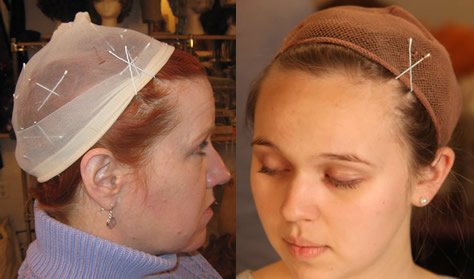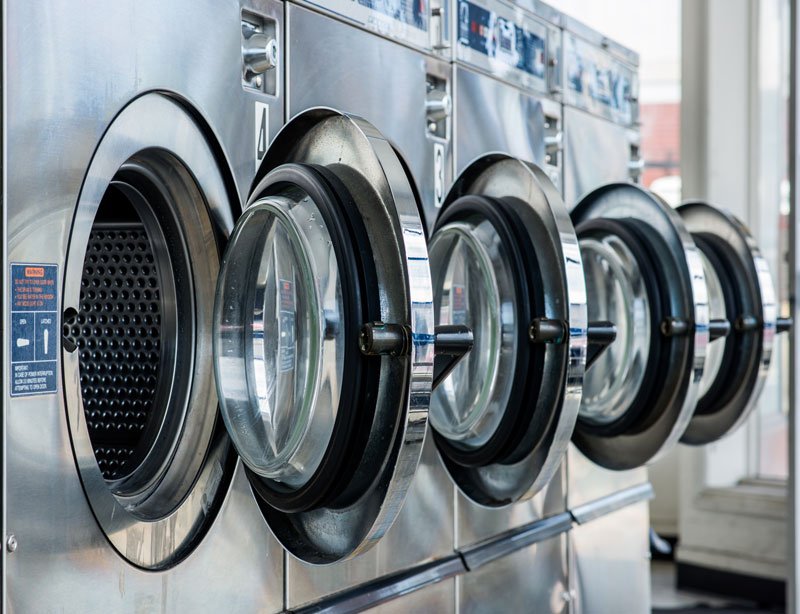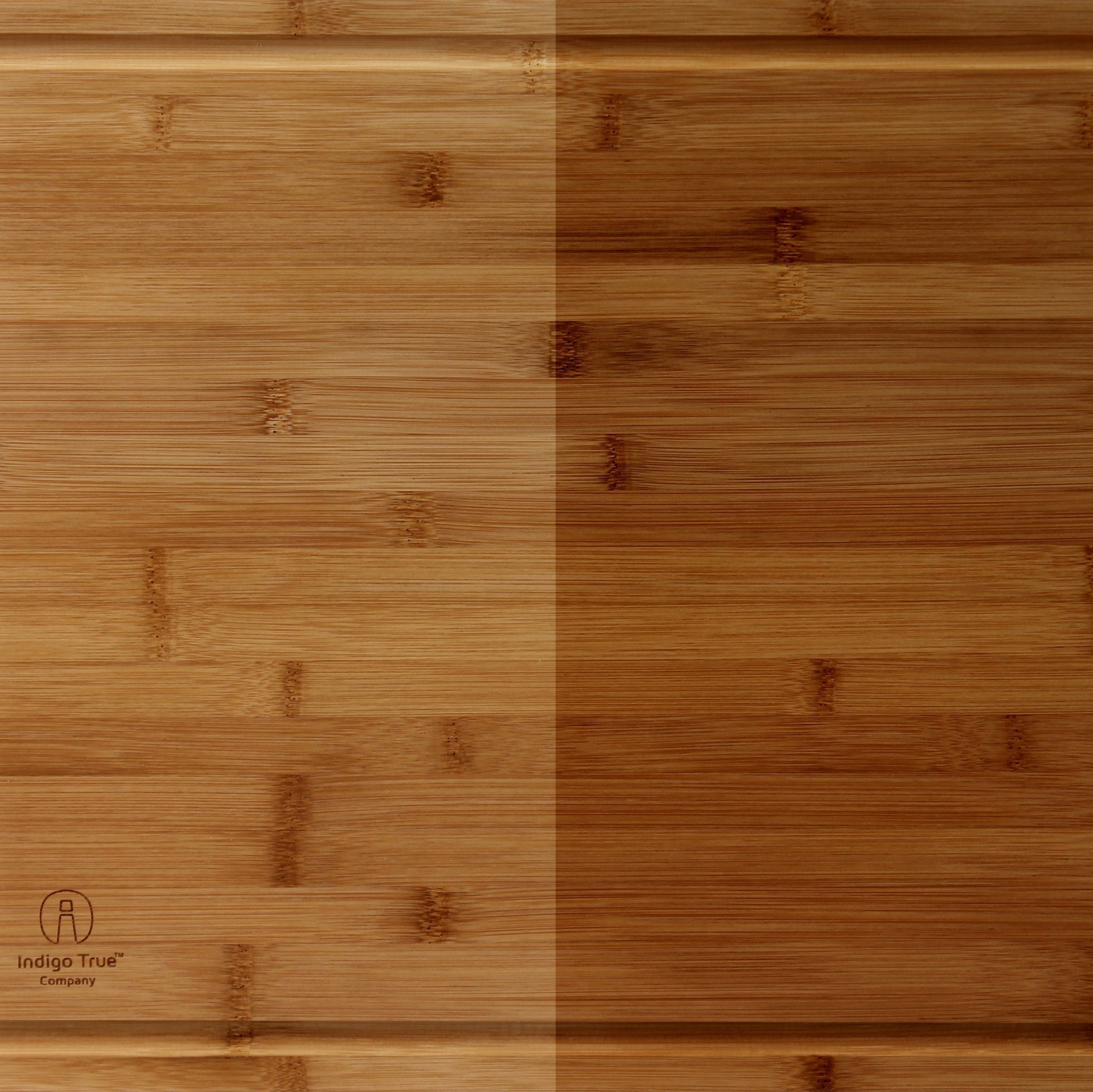Securing a wig with bobby pins is a game-changer in the world of styling. Wondering how to keep your wig in place without any fuss? The answer lies in the simple yet effective technique of using bobby pins. By mastering this skill, you can confidently rock any wig style without worrying about slips or shifts. In this guide, we’ll walk you through the steps to ensure your wig stays secure all day long. Let’s dive in and elevate your wig-wearing experience!
How to Secure a Wig with Bobby Pins
Welcome, wig enthusiasts! Have you ever struggled with keeping your wig in place, especially on windy days or during active moments? Fear not, for in this detailed guide, we will explore the art of securing a wig with bobby pins. Whether you are a beginner or an experienced wig wearer, mastering the technique of using bobby pins can make a significant difference in the comfort and stability of your wig. So, let’s dive in and learn how to keep your wig securely in place with this simple yet effective method!
Understanding the Basics of Wigs and Bobby Pins
Before we delve into the specifics of securing a wig with bobby pins, let’s first understand the basics. Wigs come in various styles, lengths, and materials, but they all have one thing in common – the need for proper fastening to ensure they stay put. Bobby pins, those trusty little hair accessories, are your secret weapon in this endeavor. These pins are designed to hold hair in place and can be equally effective when used to secure wigs.
Choosing the Right Bobby Pins
When it comes to securing your wig, not all bobby pins are created equal. Opt for sturdy, high-quality pins that will provide a secure grip without slipping. Look for pins with a firm grip and a length suitable for your wig’s thickness. While bobby pins come in various colors, selecting pins that closely match your wig’s color will help them blend in seamlessly.
Preparing Your Wig and Hair
Before you start pinning your wig in place, it’s essential to prepare both your wig and natural hair. If you have long hair, consider braiding or pinning it close to your head to create a flat surface for the wig to sit on. Additionally, ensure that your wig cap is securely in place. Adjust the cap to fit comfortably and make sure it covers all your hair to prevent any slipping or shifting.
Securing Your Wig with Bobby Pins Step by Step
Now that you have everything ready, it’s time to secure your wig with bobby pins. Follow these steps for a secure and comfortable fit:
Step 1: Positioning
Place your wig on your head and adjust it to the desired position. Make sure the wig sits snugly on your head without any gaps or bulges. Align the front edge of the wig with your natural hairline for a seamless look.
Step 2: Pinning the Sides
Starting at the temples, gently lift the wig and slide a bobby pin through the wig cap and into your natural hair. Cross two pins over each other in an “X” shape to create a secure anchor. Repeat this process on the other side to ensure balanced support.
Step 3: Pinning the Back
Continue securing the wig by inserting bobby pins along the back of your head. Create a crisscross pattern with the pins to distribute the weight evenly and prevent any shifting. Pay special attention to the nape of your neck, as this area tends to experience the most movement.
Step 4: Final Touches
Once you have pinned the sides and back, gently tug on the wig to ensure it feels secure. Make any necessary adjustments and add extra pins if needed. Remember, the key to a comfortable fit is to distribute the pins evenly and avoid placing them too tightly, which could cause discomfort.
Tips for Maintaining a Secure Wig
Securing your wig with bobby pins is just the first step. To ensure long-lasting comfort and stability, consider the following tips:
Tip 1: Use the Right Number of Pins
While it’s tempting to use as many pins as possible for added security, using too many can create unnecessary tension and discomfort. Aim to strike a balance by using an adequate number of pins to hold the wig securely without causing pressure points.
Tip 2: Utilize Wig Clips for Extra Support
In addition to bobby pins, wig clips can provide extra reinforcement, especially for larger or heavier wigs. Attach wig clips along the inner perimeter of the wig cap and secure them to your hair for added stability. Wig clips come in various sizes and styles to suit different wig types.
Tip 3: Be Mindful of Wig Placement
Pay attention to how you position your wig on your head. Avoid placing the wig too far back or too low on your forehead, as this can cause it to shift or slip. Experiment with different placements until you find the most comfortable and secure fit for your wig.
Mastering the art of securing a wig with bobby pins is a valuable skill that can enhance your wig-wearing experience. By following the steps outlined in this guide and incorporating the tips for maintenance, you can enjoy a secure and comfortable fit every time you wear your wig. Remember, practice makes perfect, so don’t be afraid to experiment with different pinning techniques to find what works best for you. With a little patience and creativity, you’ll be a wig-pinning pro in no time!
Do you have any tips or tricks for securing wigs with bobby pins? Share your insights in the comments below and help your fellow wig enthusiasts achieve a flawless fit!
How We Secure Our Wigs Without a Wig Cap, Glue or Bobby Pins by using a WIG GRIP
Frequently Asked Questions
1. How do I properly secure a wig using bobby pins?
To secure a wig with bobby pins, start by placing the wig on your head and adjusting it to the desired position. Next, lift the edges of the wig slightly to expose the underside. Take a bobby pin and insert it through the wig cap and into your natural hair. Repeat this process along the edges of the wig, spacing the bobby pins evenly to ensure a secure hold. You can also crisscross the bobby pins for added stability.
2. Can bobby pins damage the wig or my natural hair?
When used correctly, bobby pins should not damage the wig or your natural hair. To prevent any potential damage, make sure to slide the bobby pins through the wig cap and into your hair gently without tugging or pulling. Avoid placing the bobby pins too tightly, as this could cause tension on the wig cap and your hair.
3. How many bobby pins should I use to secure a wig effectively?
The number of bobby pins needed to secure a wig depends on the size and weight of the wig, as well as the thickness of your natural hair. As a general guideline, you can start by using 4-6 bobby pins along the edges of the wig. Adjust the quantity as needed to ensure a snug and secure fit without causing discomfort.
Final Thoughts
Securing a wig with bobby pins is a simple yet effective way to keep your hairpiece in place. Start by parting your natural hair to align with the wig’s hairline. Then, carefully insert bobby pins along the edges of the wig cap, ensuring a secure hold. Remember to crisscross the pins for added stability. With these steps, you can confidently wear your wig all day without worrying about it shifting. Mastering the technique of how to secure a wig with bobby pins will give you peace of mind and a flawless look.







